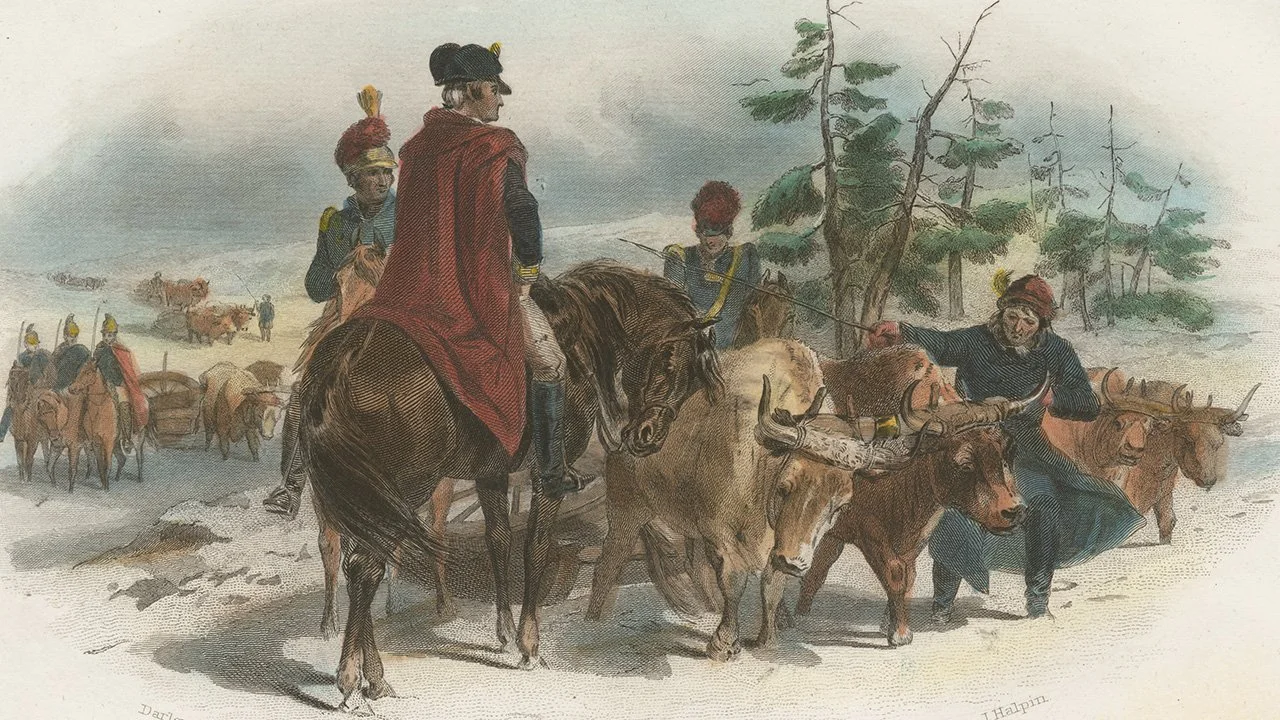The Continental Army Retakes Boston
The siege of Boston was the longest in our nation’s history, running from April 19, 1775, to March 17, 1776. The guns brought from Fort Ticonderoga by Colonel Henry Knox gave General George Washington what he needed to force the British to evacuate.
Henry Knox and His Noble Train of Artillery
The siege of Boston, which began after the Battles of Lexington and Concord, could not have been broken by the colonists without long range artillery. Fortunately, the Continental Army had a large supply of these guns 300 miles away at Fort Ticonderoga.
The Battle of Bunker Hill
During the Battle of Bunker Hill, the first major battle against the British, the American militia showed a grit and determination that impressed all. Although the colonists did not hold the field, the Redcoats paid dearly for their gains.
The War for Independence Begins
The Battles of Lexington and Concord, fought on April 19, 1775, marked the start of the American Revolution and colonists’ armed struggle to control their destiny. Brave Minutemen demonstrated that the strong words spoken and written up to that point had not been idle talk. As John Adams remarked, the die was cast and there was no turning back.
Lexington and Concord, Minutemen in Arms
The Battles of Lexington and Concord, fought on April 19, 1775, marked the start of America’s war for independence and were the culmination of a series of troubles between England and her American colonies.
The French and Indian War
In the 1750s, American colonists were happy to be part of the British Empire. Were it not for the French and Indian War, fought between England and France from 1754 to 1763, America might not have sought her independence.











